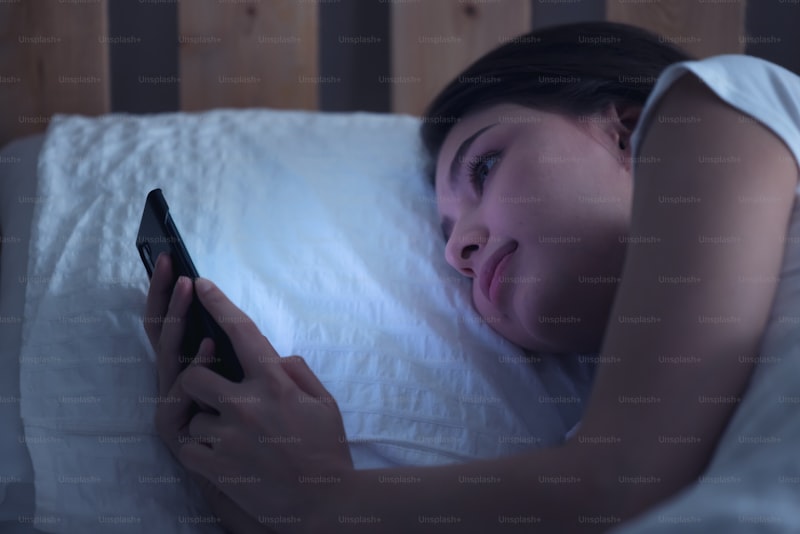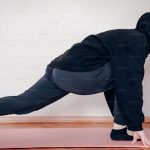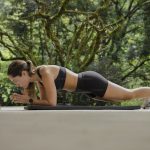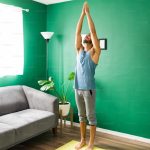Forward folds are such an integral part of yoga practice. Some people effortlessly reach their toes while others feel like their toes may as well belong to someone else.
Forward folds are iconic yoga poses. They are found in sun salutes, standing and sitting sequences, and they are a major hip opener in the ashtanga primary sequence. They are accessible and challenging at the same time. But why can’t we all touch our toes? Here are a few reasons why:
- Tight hamstrings. Everyone blames their hamstring length (or lack of it) for their limited forward folds but this is only part of the story. The hamstring muscles sit within a long line of connective tissues, or fascia and other muscles that stretch down the back of the body from the head to the toes. Tightness or lack of mobility in any part of that fascia will limit the range of forward fold that your body has. The good news is that this fascia mobilises really well with yoga and as you practice your fingers will creep towards your toes.
- Reduced hip flexion. The ideal forward fold is made up of ⅔ hip flexion and ⅓ lumbar spine flexion. So if your hips are limited in how far they can flex, then you may struggle. There are a number of things that can reduce hip flexion, some will improve with yoga but others won’t. If you experience pain or a pinching feeling in the hip joint on forward folds, your body is saying there’s something in the way and please stop pushing! On the other hand, stretching feelings around the hip are a good sign. How do you know what is good pain and not so good? Think traffic lights – the sweet spot of a comfortable stretch is a green light; pain that increases with a hold is a red light; and for those times when things are getting uncomfortable, this is the amber light.
- Tight lumbar extensors. The lower back, or lumbar spine, has to flex in a forward fold. Too much lumbar flexion on forward folds is a common fault in yogis where the lower back is overworking to compensate for tight hamstrings. There are some who cannot flex their lumbar spine due to back problems and they’re often very wary of doing forward folds. Gently flexing in other poses like Child’s Pose and Mālāsana will build range of movement and confidence to move on to maybe sitting forward folds before standing ones.
- Celebrate your curves. Of course we all know, and practice with, some skinny mini yogis. But if you’ve got curves, then a flattened forward fold may not be in your future! If you’re in a seated poses with straight knees and your belly is already on your thighs, then you need to create space to accommodate your assets. You could try moving the legs slightly apart and help your fingers inch closer to your toes.
- Long legs/short arms. You only have to look around our ethnically diverse world to see that ancestry bestows certain physical characteristics on a person. Some of us are anatomically built for forward folds, but many people with long legs and short arms have a greater challenge. Aside from getting bone extensions, which is a tad extreme… there’s no getting around this!
Focus on what you CAN do
Not everyone will touch their toes. But not everyone needs to. A perfect forward fold does not a yogi make… A dedicated practice is what makes a yogi, including your practice off the mat. Practice acceptance of what your body can do, be kind to yourself and focus on what you can change with yoga – that is what makes a true yogi.












